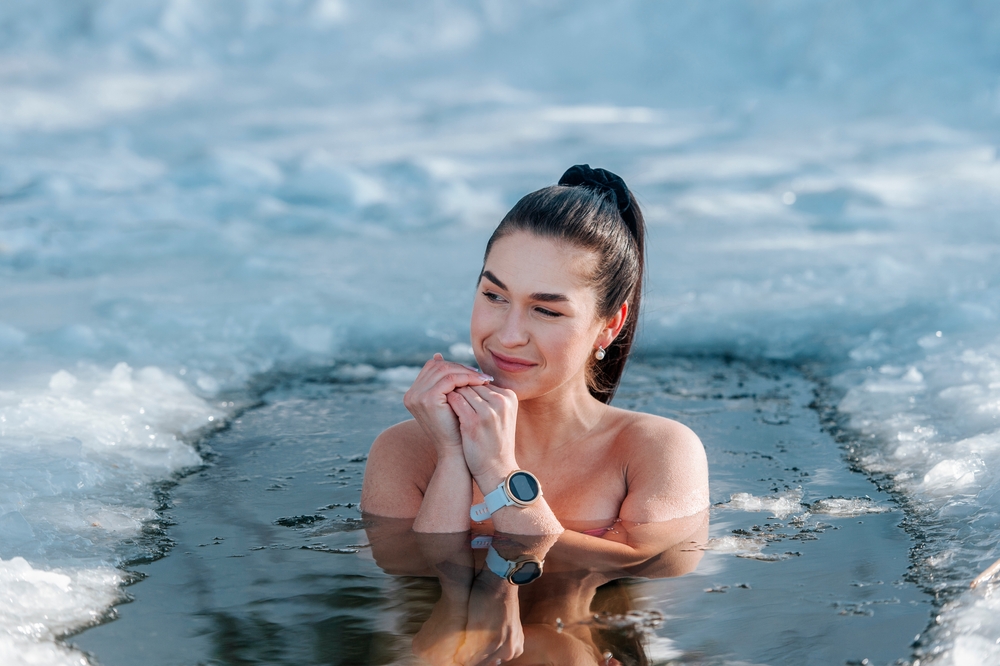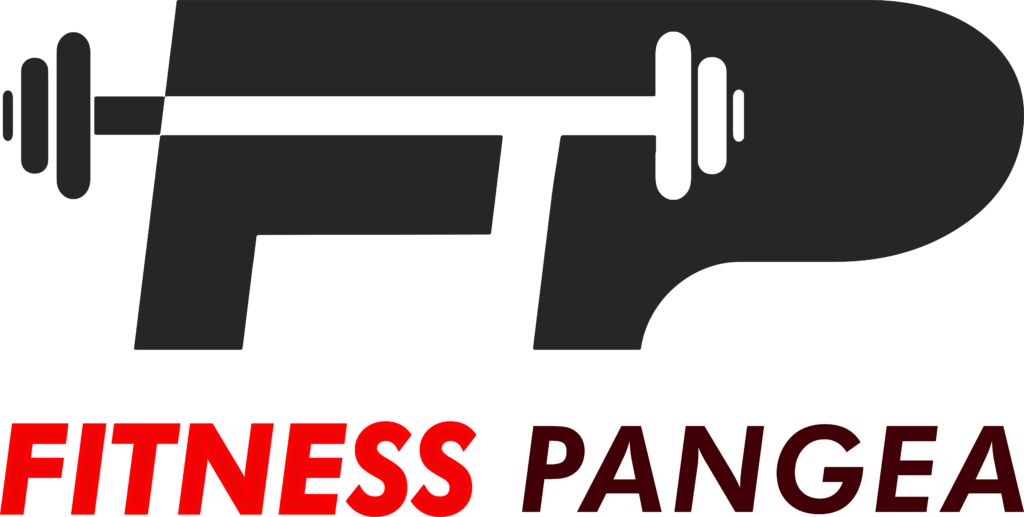In the pursuit of peak performance, athletes and fitness enthusiasts are constantly seeking methods to optimize their recovery and enhance their overall performance. While rigorous training schedules and proper nutrition are essential components of any regimen, there’s another tool gaining traction in the realm of sports science: cold therapy. But cold therapy is just one piece of the puzzle. In this article, we’ll delve into the world of recovery techniques, exploring cold therapy alongside other methods to help you achieve your fitness goals.
Cold Therapy:
- Cryotherapy: Cryotherapy involves exposing the body to extremely cold temperatures for short periods, typically through whole-body cryotherapy chambers or localized treatments. This technique is believed to reduce inflammation, alleviate muscle soreness, and promote faster recovery.
- Cold Water Immersion: Also known as “ice baths,” immersing oneself in cold water post-exercise constricts blood vessels, which may reduce swelling and flush out metabolic waste products. It’s a classic method used by athletes to accelerate recovery after intense workouts.

Compression Therapy:
- Compression Garments: Compression clothing, such as sleeves, socks, or tights, apply pressure to specific body parts, which can enhance blood circulation and reduce muscle soreness. These garments are commonly worn during and after workouts to aid in recovery.
- NormaTec Compression Therapy: Utilizing specialized compression devices, NormaTec therapy applies pulsating pressure to limbs, aiding in the removal of metabolic waste and facilitating muscle recovery.
Active Recovery:
- Light Exercise: Engaging in low-intensity activities like walking, cycling, or yoga on rest days can promote blood flow to fatigued muscles, aiding in recovery without causing additional stress.
- Foam Rolling and Stretching: Incorporating foam rolling and stretching routines into your post-workout regimen can help alleviate muscle tension, improve flexibility, and reduce the risk of injury.
Nutrition and Hydration:
- Protein-Rich Foods: Consuming adequate protein is crucial for muscle repair and growth. Incorporate foods such as fish, eggs, lean meats, and plant-based proteins into your diet.
- Hydration: Staying properly hydrated is essential for optimal performance and recovery. Aim to drink water regularly throughout the day and replenish electrolytes lost through sweat during exercise.
Quality Sleep:
- Prioritize Rest: Quality sleep is when the body undergoes significant repair and recovery processes. Aim for 7-9 hours of uninterrupted sleep each night to support overall health and performance.
Does cold therapy promote better exercise performance recovery in athletes?
While the effectiveness of cold therapy in promoting recovery is widely debated and ongoing research continues to explore its mechanisms and benefits, there is evidence to suggest that it can have a positive impact under certain conditions.
- Reduction of Inflammation and Muscle Soreness: Cold therapy is believed to help reduce inflammation and alleviate muscle soreness, which are common after intense exercise sessions. By constricting blood vessels and decreasing metabolic activity, cold therapy may mitigate the inflammatory response and provide relief from sore muscles.
- Faster Recovery: Studies have shown that athletes who undergo cold therapy after strenuous workouts tend to experience quicker recovery times compared to those who do not. This may enable athletes to train more frequently and at higher intensities, ultimately leading to improved performance over time.
- Enhanced Circulation: Cold therapy can cause vasoconstriction (narrowing of blood vessels), followed by vasodilation (widening of blood vessels) once the cold stimulus is removed. This cycle of constriction and dilation may enhance blood circulation, facilitating the delivery of oxygen and nutrients to muscles, and the removal of metabolic waste products.
- Psychological Benefits: Beyond the physiological effects, cold therapy may also offer psychological benefits to athletes. The sensation of cold can induce a feeling of invigoration and alertness, which may help athletes mentally prepare for their next training session or competition.
- Individual Variability: It’s important to note that the response to cold therapy can vary widely among individuals. Factors such as genetics, age, fitness level, and the specific type and duration of cold exposure may influence its effectiveness. An athlete may not achieve the same outcomes as what works well for them.

Conclusion:
In the pursuit of excellence, recovery is just as important as training itself. By incorporating a combination of techniques such as cold therapy, compression therapy, active recovery, proper nutrition, hydration, and quality sleep into your regimen, you can optimize your body’s ability to recover and perform at its best. Experiment with these methods to find what works best for you, and remember that consistency is key on the journey to achieving your fitness goals. So, chill out, recover smart, and get ready to take your performance to the next level!
